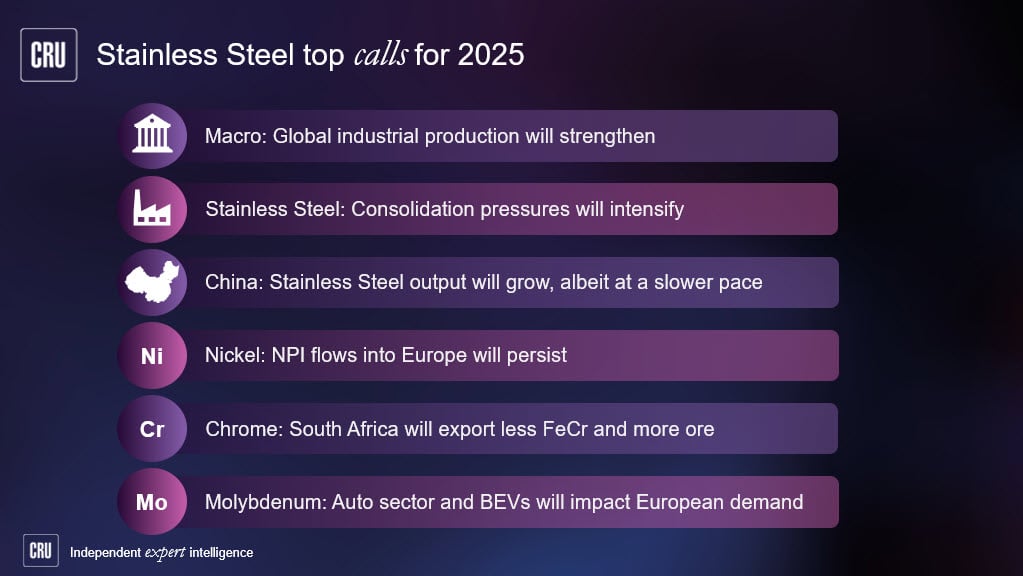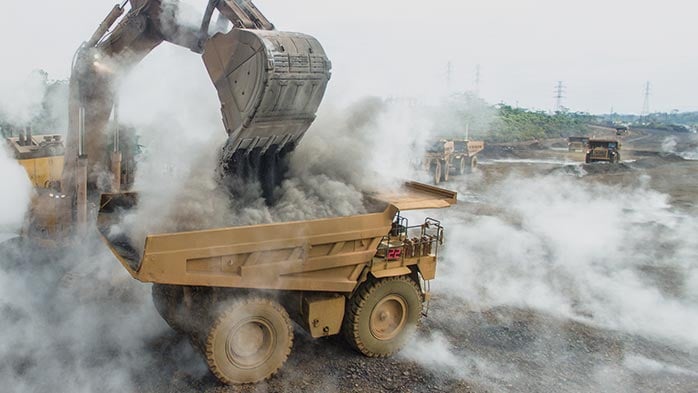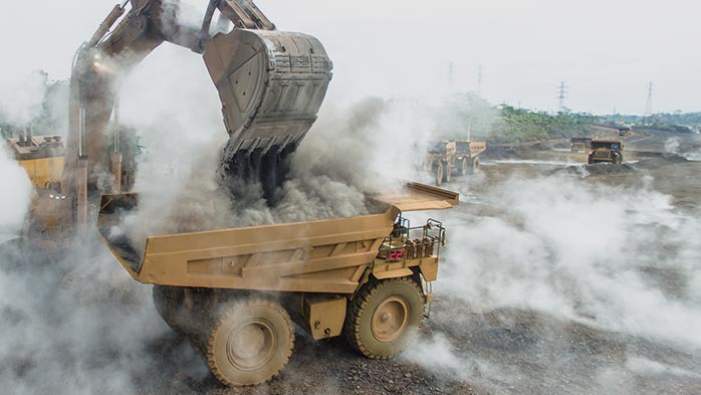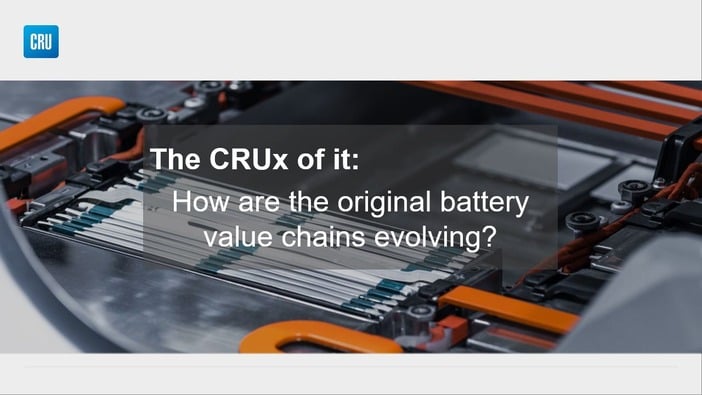In an unprecedented move, the London Metal Exchange (LME) suspended nickel trading earlier today (8 March 2022) as the price jumped as much as 250% in just two days, briefly surpassing the $100,000 /t level this morning. The price spike left brokers struggling to pay margins calls which ultimately led to the LME’s decision to cancel all nickel trades that have occurred during the day.
The LME has since said it was considering a possible multi-day closure, given the geopolitical situation which underlies recent price moves. The LME also mentioned it would calculate margin calls “for the present time” on the basis of Monday’s closing price of $48,000 /t.
What is happening to LME nickel prices?
Nickel prices have been trending upwards over the last week, as traders have been increasingly worried about the possibility of supply disruptions out of Russia, which accounted for 5% of global nickel supply in 2021. Multi-year low inventories have further compounded the situation, which at the time of writing stand at 75,000 tonnes of nickel registered in LME warehouses. Of this, around half is scheduled to be delivered out.
Rising nickel prices meant increasing margin call payments for short position holders. Under such a situation, an attempt to close out their positions has led to the leap in prices to over $100,000 /t. Indeed, CRU have been made aware of one significant short position holder in particular, which has exacerbated conditions further.
The knock-on impact on the physical market has been felt across many industries. CRU understands large steel mills, for example, will stop offering stainless for serval days due to the situation. Looking ahead, CRU expects prices will normalise as short-covering ends, although the exact timing and nature is unclear at this stage given the LME’s recent announcements regarding closures.
It is interesting to note that the last time nickel prices had reached above $40,000 /t was in 2007 but this did not last long. We could be looking at a similar scenario as the high prices threaten demand growth against a background of rising supply in Indonesia.
CRU will continue to monitor the situation closely and will be updating subscribers accordingly.
What are the mechanics behind this unprecedented spike?
Nickel is the first LME market to experience extreme strain, as physical market users who have hedged future sales or production on the LME face enormous margin calls.
In the chart below we show the short commercial undertaking positions as reported by the LME. Commercial short positions are made up of two main groups, commodity producers, and physical traders.
Commodity producers will often lock-in a price in the future for commodities they are expecting to produce. This is a risk reducing measure as it helps to minimise price fluctuations. They effectively lock-in a price to sell at in the future.
Commodity traders buy a commodity, then enter a matching short futures position. That hedges their outright LME price risk. When the trader sells the commodity to the final user, they then close out the LME short position. As they sell to the final user at the prevailing market price, or a fixed pre-agreed average of prices, they net off their LME price risk.
When prices are extremely volatile, particularly moving higher in this case, both producers and traders will face margin calls. What that means is they have a loss-making futures position and must deposit funds with the clearing house to cover a portion of the paper losses.
Commodity producers will have physical production they can deliver against their short positions. However, they may not have that material today and the metal they produce may be priced on the LME price, but their material may not be LME deliverable.

















